“Optimism spurs change” and Colombia is an embodiment of this mantra. For decades, an ominous cloud hung over the country as corruption, violence, and drugs led to an extremely negative reputation. Ask non-residents about Colombia and many would probably connect it with “cocaine”, “Narcos”, or “Pablo Escobar”. Hell, even my first association was Vinny Chase playing the role of the infamous drug lord in a fictitious movie in Entourage. But after years dedicated to eradicating the evils that tainted its image, Colombia is quickly becoming a captivating travel destination. A major rebranding at its core.
I was drawn to Colombia’s two-sided story. Its dark past was intriguing, but it was Colombia’s dramatic evolution that ultimately reeled me in. I have a handful of friends who visited and every single one of them raved about its awesomeness. My vacation spanned 10 days, touching the county’s major cities: Bogota, Medellin, and Cartagena, each offering a different cultural perspective. By understanding the past, while immersing in the present, I developed a sincere affinity for the Republic.
Bogotá
We stopped first in the capital Bogotá, a major city of contrast. With a population of 8.8 million, it’s the 4th largest metropolis in the Western Hemisphere, boasting a vast area that blends modern development with classic history. Not too far from the hectic urban jungle that is the city center is La Candelaria, one of Bogotá oldest neighborhoods consisting of preserved Spanish colonial architecture and winding cobblestone streets. Strolling around, one could imagine how the original Rolos lived back in 1538.
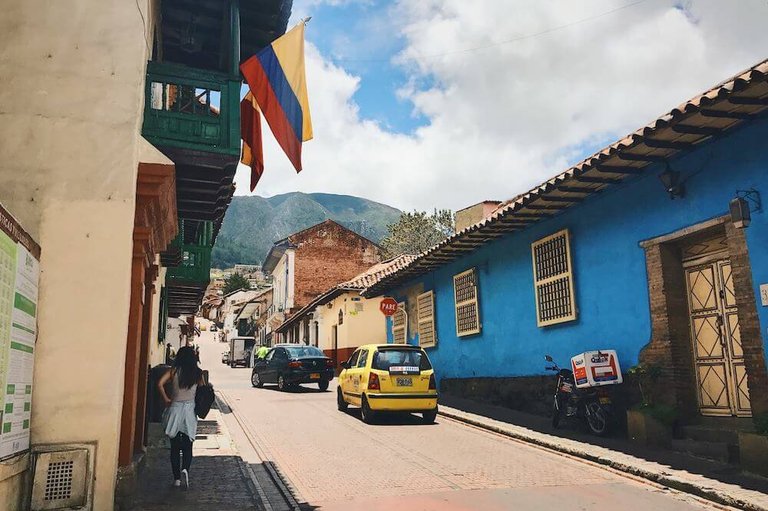
We met up Carlos and a group of tourists at a nearby plaza for the graffiti tour. We walked around central Bogotá and La Candelaria, stopping at notable murals along the way where Carlos educated us on the local artists who painted the political and socially charged pieces. He also layered on a history lesson on Colombia’s difficult past. From corrupt presidents to drug warfare to “false positives” murders (between 2002-2008, the Colombian military killed hundreds of civilians and claimed them as slain guerilla soldiers), the stories that Carlos shared were almost hard to believe. By provoking thought and conversation, the art on the buildings aimed to pivot past negatives into aspirations for a better future. At one point, street art/ graffiti was actually illegal in Bogotá, but it was ultimately decriminalized after the fatal shooting of a 16-year-old street artist by the police. I could clearly see how much people valued this creative freedom with street art was prevalent throughout the city. It helped breathe a new life into Bogotá.
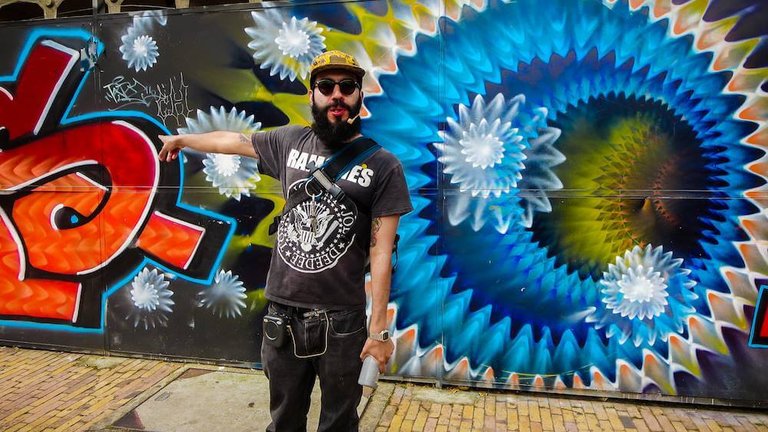
Medellín
Imagine being stuck in quicksand and as you’re being pulled into the earth, water is quickly rising above your neck, making it hard to breathe. You frantically panic because you don’t want to face the bitter end, but all of a sudden, you discover your savior in the form of a tree branch right above you. Miracously, you’re able to pull yourself out of turmoil and to safety.
Edgar, our Medellín tour guide, provided this metaphor to describe the unique spirit of the Colombian people. Medellín at one point was ground zero for the world’s drug trade and was deemed the most dangerous city on the planet. Locals were terrified to leave their homes at the fear of getting killed or kidnapped in the warfare. But then the tree branch, in the form of innovation, became the city’s saving grace. When the cartels fell, major investments in Medellín’s infrastructure including a metro system, refurbished institutions, and improved living conditions for the working and lower classes dramatically helped turn things around. Medellín was named “Most Innovative City in the World” in 2013, signifying one of the most dramatic efforts of urban and cultural revitalization.
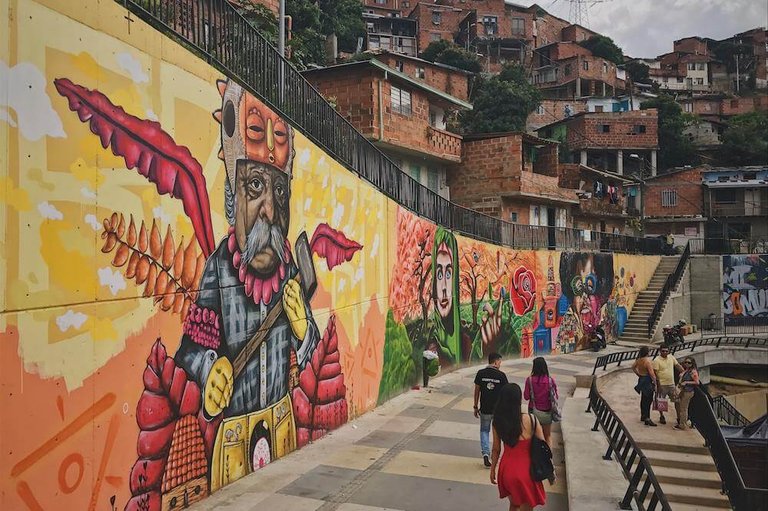
After 4 days there, Medellín became eventually one of my favorite cities I’ve been to, and I highly recommend it to anyone looking for a travel destination. Like Bogotá, it presented a mix of old and new, but it was the spirit and perspective of the Paisas that impressed me. If you survived long periods of drought, you would appreciate even the smallest drop of water, and the people of Medellín approach every day with pride and zeal. A couple of times, random locals would graciously greet and welcome us to their country and thank us for visiting. Edgar joked that one of the strongest traits of Colombians is the ability to forget. There’s no value in dwelling on the past, especially if it was filled with negativity because it’s totally out of your control. Additionally you don’t allow the acts of others impede you in your own life. Why would you waste your memory on bad ones? Let go and concentrate on what’s ahead.
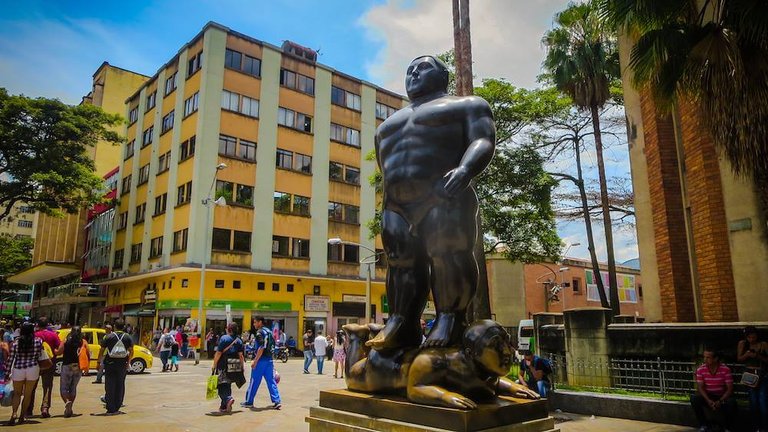
Cartagena
Sitting on the coastline of Carribean Sea, Cartagena is a “charming itch”. Its walled off Old City is one of the most picturesque environments I’ve been in, which made sense that Cartagena is the most popular city in Colombia for tourists. However, being a prime travel destination is a both gift and a curse, as visitors are constantly hounded by street vendors hawking souvenirs, knick-knacks, and tours. I realized that this is how many people make their living, but the continuous pestering gets agitating after a while, especially if I’m trying to relax on the beach or enjoy some ceviche.
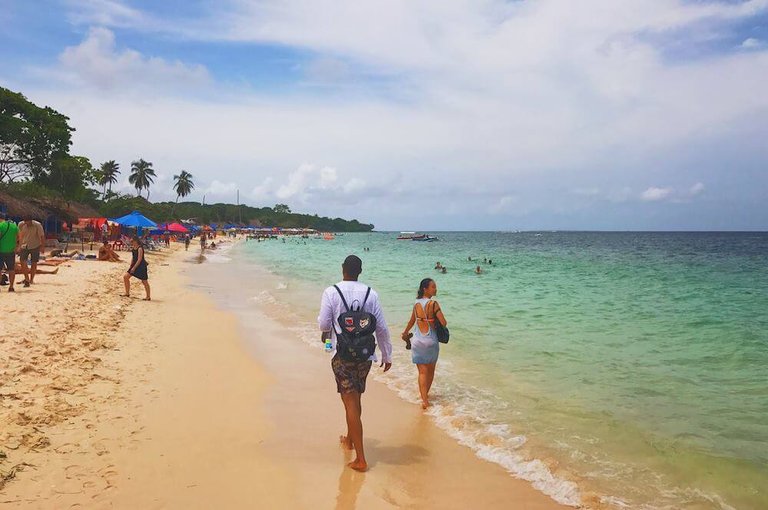
Like the rest of the nation, Cartagena exhibits a noticeable change in a somewhat different way than Bogotá or Medellín; it’s experiencing the familiar wave of gentrification. The Getsemani neighborhood right outside the Old City used to be a sketchy area no tourist would venture to, but over the last few years, hip restaurants, bars and hostels set up shop making the neighborhood a hot destination, comparable to what happened with Williamsburg, Brooklyn. As Colombia continues to grow in popularity as a travel destination, Getsemani will surely continue its evolution, but to what effect on the original locals who lived there during “undesirable” times?
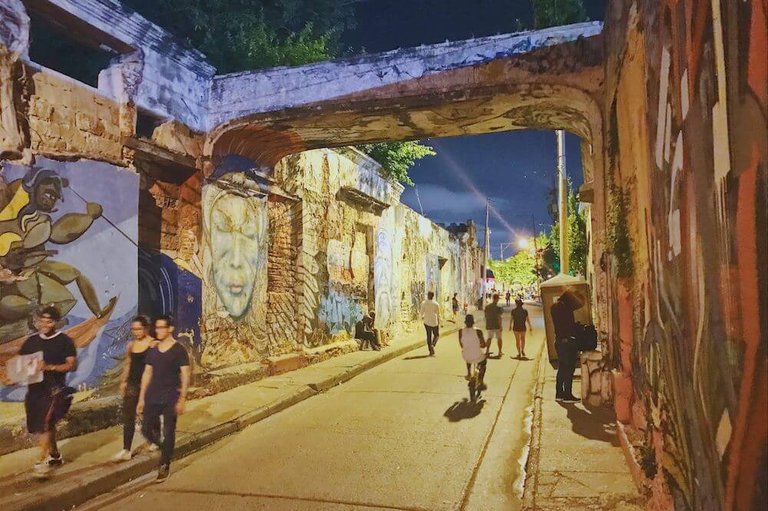
Overall, I highly recommend taking a trip to Colombia with Medellín as a must-do, with shorter stops in Bogotá and Cartagena. Enjoy the great coffee, delicious food, amazing views, and most of all, meaningful interactions with the people. They’ll share a view on life that will only invigorate you.
Hi! I am a robot. I just upvoted you! I found similar content that readers might be interested in:
https://uncvr.net/reflection-on-colombia/